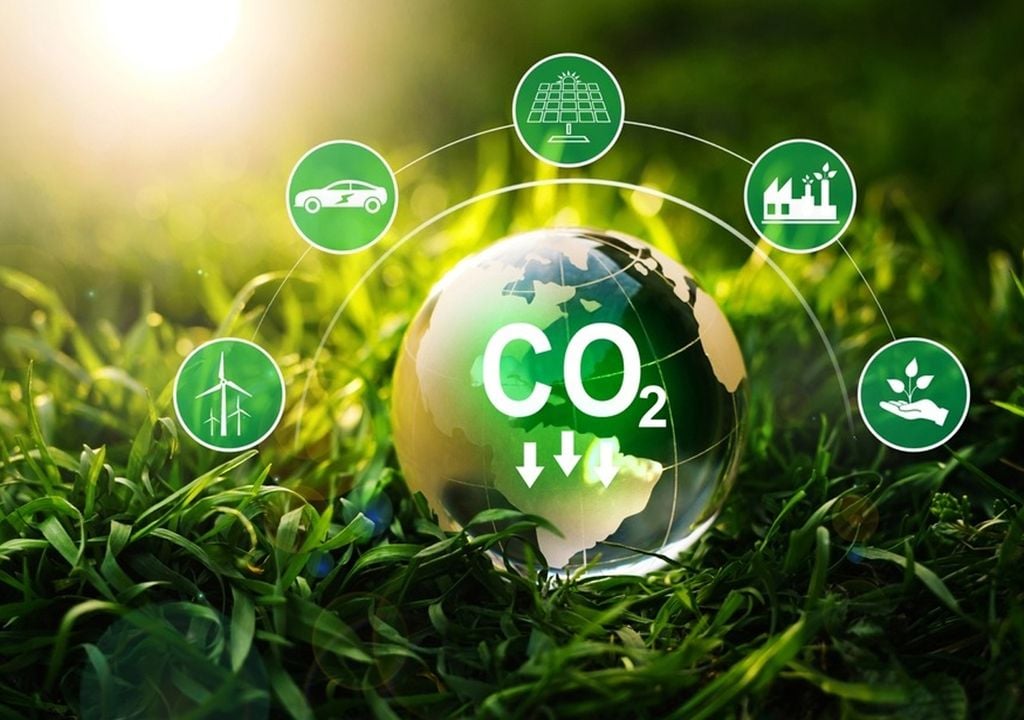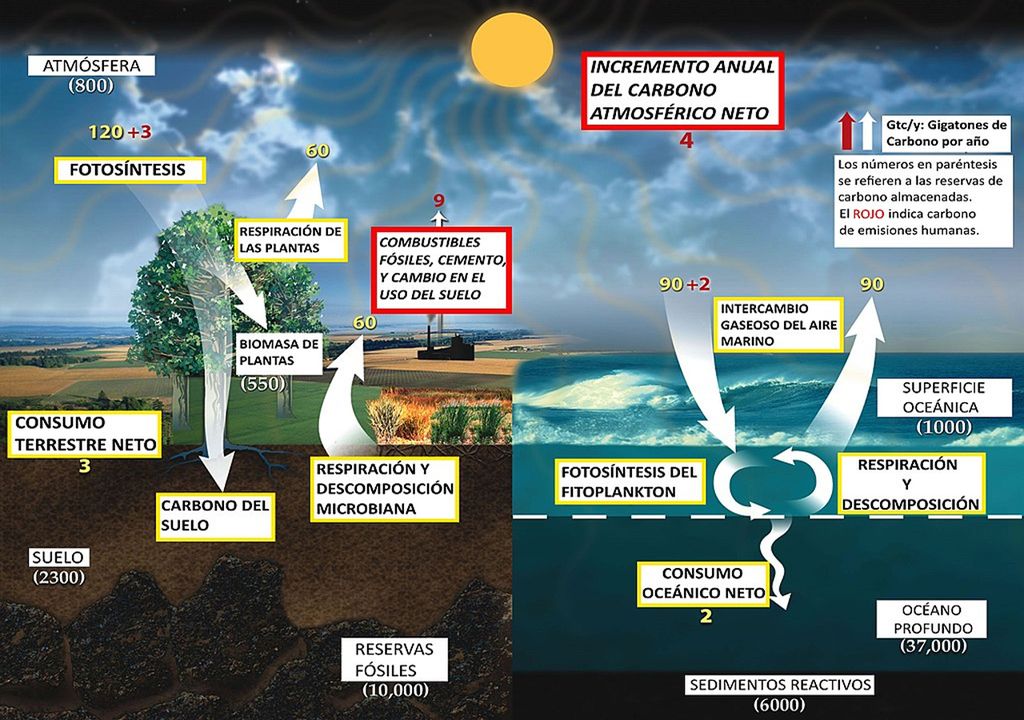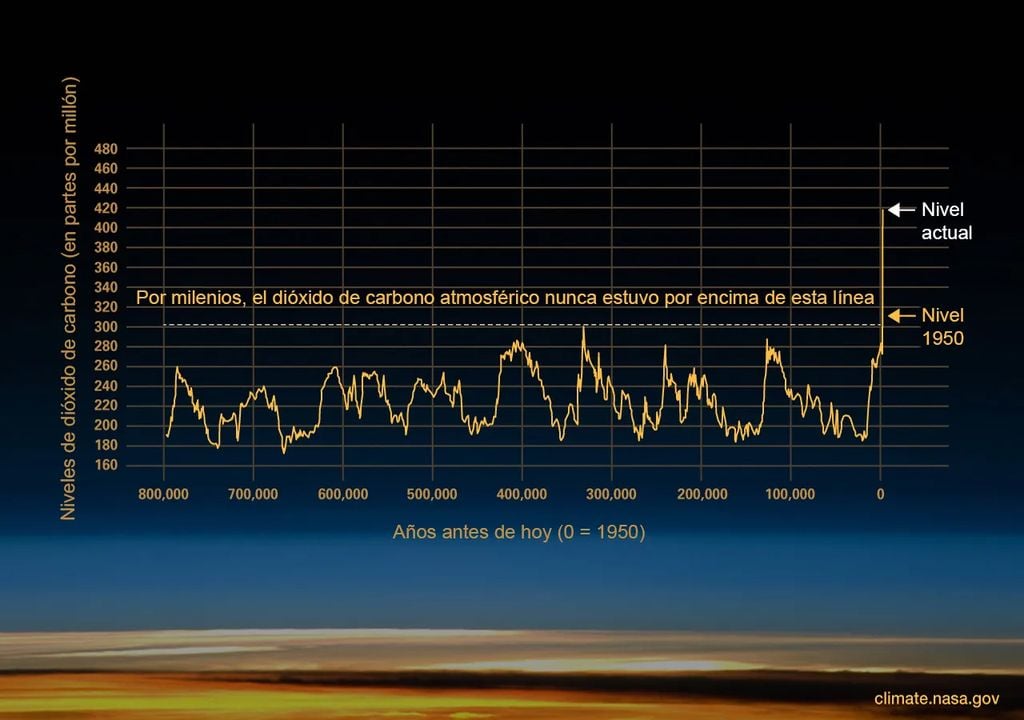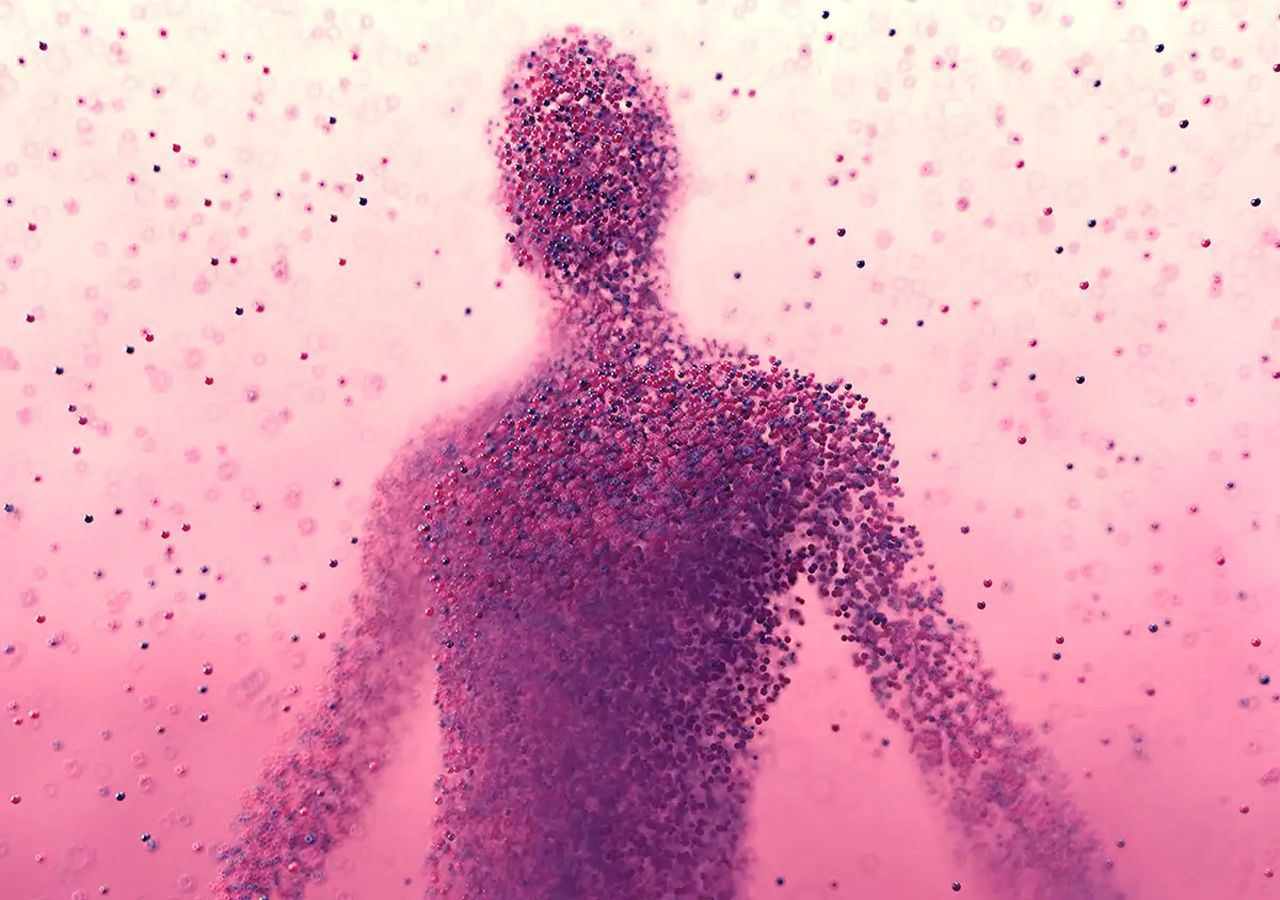If there were no collapsing, exploding or merging stars in space, you and I would not exist.
truly, 73% of the atoms in the human body come from the explosion of massive stars, 9.5% from the Big Bang merger and 1% are part of the explosion of white dwarfs.Named in honor of Subramanian Chandrasekhar, one of the most important astrophysicists of the last century and winner of the 1983 Nobel Prize in Physics, according to data collected by NASA’s Chandra X-ray Observatory.
Almost the 99% of our body is made up of four chemical elements: oxygen, 65%, carbon over 19%, and the rest hydrogen and nitrogen. among others. A similar distribution can be seen in almost all animals In the plant kingdom, carbon is the most abundant element at 50%. And oxygen continues with 42%, the rest is made up of hydrogen, nitrogen and other elements.

And both PetroleumIts name comes from the Latin “petroleum” (rock oil). gasson Decomposing organic matter to the point where carbon and hydrogen are the main components reduces organic matter residues.
“The nitrogen in our DNA, the calcium in our teeth, the iron in our blood, and the carbon in an apple pie were created inside collapsed stars. We are made of stellar material” Carl Sagan.
That is why it is said, By burning fossil fuels (oil, gas and coal), we remove carbon buried in the earth and put it into the atmosphere..
Carbon, the basis of life
He Carbon is an essential element in living things. Because its molecular structure has the ability to form stable bonds with other elements, it can form very large and complex molecules that make up living things. At the same time, it is the only element that facilitates the conversion of sugars into energy, providing all the chemical processes necessary for life in complex organisms, making a variety of chemical compounds incompatible with each other. Absorbs and processes nutrients and keeps all your vital systems functioning. In other words, every living thing on the face of the earth is made of carbon..
This is Carbon’s ductility allows it to form more than ten million compounds.with very different physical and chemical properties, from diamond (one of the hardest materials known) to graphite (one of the softest).
Carbon’s amazing ability to form stable bonds and combine with other elements necessary for life has led science to confirm, If there is life on another planet, it will be a carbon-based life form.
Carbon cycle
It starts from the premise that All of us (including you, your pet and your garden) are made of carbon, and we are all part of the carbon cycle on Earth. Both you and your pet breathe in oxygen and exhale carbon dioxide (CO2). Plants in your garden absorb CO2 (photosynthesis), retain carbon and release oxygen. And CO2 is released through the combustion process of organisms that died millions of years ago and stored large amounts of carbon.
Includes When it’s time for us to leave this world, we’ll release carbon dioxide.
The carbon cycle is a continuous journey from the atmosphere to the Earth’s soil and from the soil to the atmosphere.And this carbon cycle has been balanced for a long time on the planet.

With climate change, we are altering this cycle. By burning fossil fuels and releasing more carbon into the air, we remove carbon buried in the earth and accelerate this cycle. During this time, science has established that a quarter of the carbon that humans have added to our atmosphere has been absorbed by the Earth (photosynthesis/respiration). That is why Science warns us that thanks to plants and soil, we are not yet experiencing the worst effects of climate change. But science also cautions that it is not certain that this trend will continue over time.
We go to carbon…
He Carbon dioxide makes up approximately 0.04% of the total gases that make up Earth’s atmosphere today.. During the past 800,000 years, atmospheric CO2 concentrations ranged from a minimum of 0.0172% to a maximum of 0.0299%, but they did not exceed 0.03% until 1950, and have not stopped increasing since then.

As of the date of writing this article, the The CO2 concentration in the atmosphere is 420 ppm, equal to 0.042%.
A to find out About the same value as CO2 in history Closer to our planet, we have to go back to the Pliocene. 5 to 3.5 million years ago Roughly. At some point in that geological era, the Global average temperatures were 4 degrees Celsius higher than today, and average sea levels were 20 meters higher than at present. If we don’t mitigate CO2 emissions, that scenario could be 2100.

